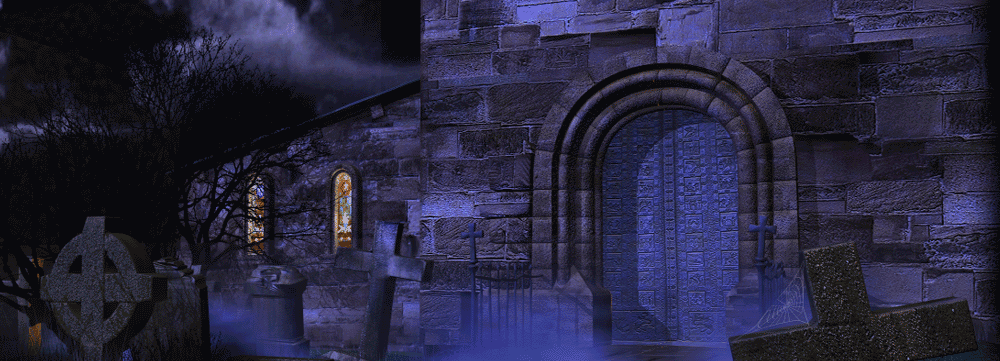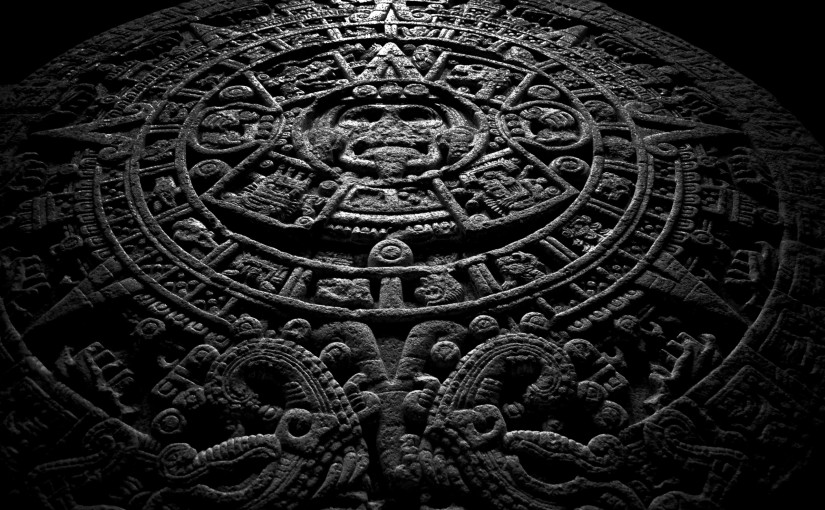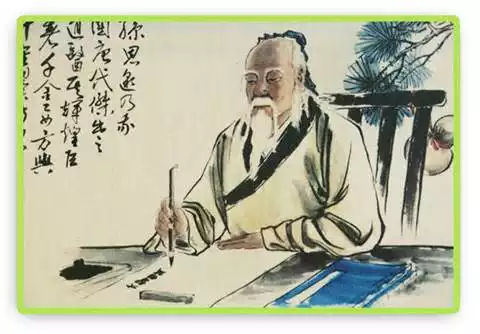El pantheon de Aztec era absolutamente grande y variado. Había dioses relacionados con la creación del cosmos, a la fertilidad, a la regeneración, a la muerte, a la guerra, y al alimento sacrificatorio del sol. Los dioses tenían diversos papeles y también fueron representados en diversas maneras. Los dos dioses a quienes los dos templos más importantes del mundo de Aztec eran dedicados eran Huitzlopochtli (el deity supremo del Aztecs asociado al sol y al fuego) y Tatloc, el dios de la lluvia, que entre otras cosas fue asociado a fertilidad.
El pantheon de Aztec fue organizado jerárquico con los dioses que ocupaban los varios niveles verticales mencionados arriba. La capa más alta fue ocupada por “Ometeotl” que era varón y hembra, representando por lo tanto el principio de la dualidad. El aspecto masculino de Ometeotl, llamado nuestro señor de la subsistencia tenía con todo dos aspectos nombraron Ometicuhtli y Tonacatecuhtli. El aspecto femenino, llamado “nuestra señora de la subsistencia” tenía también dos aspectos nombrados Omecihuatl y Tonacacihuatl. Este par generó a cuatro niños (dios Tezcatlipoca rojo – espejo que fuma -, dios Tezcatlipoca negro, dios Quetzalcoatl – plumed la serpiente -, dios Huitzi Lopochthi – pájaro del tarareo) que crearon el universo y sus leyes. A pesar de su importancia, no adoraban a estos dioses tanto como los dioses relacionados con los cuerpos celestes y con la fertilidad. De importancia particular era el dios del sol sin quien no habría mundo. Según el un mito de Aztec, un dios se sacrificó en un fuego de modo que él pudiera hacer el sol; sin embargo una vez que él hubiera hecho el sol, él no reapareció hasta que lo alimentaron con la sangre de el resto de dioses. El mito del nacimiento de los provids del dios del sol el baisis de la práctica de la muerte sacrifical, incluyendo muerte sacrificatoria humana.
Los rites y las ceremonias religiosos donde relacionado con los varios aspectos y necesidades de la vida de Aztec. La adoración fue hecha con las ofrendas, rezos, realizando los actos simbólicos, juegos, sacrificios. Los rituales diarios fueron asociados al alimento, y a thanksgiving. Las ceremonias fueron realizadas en los templos que podrían ser redondos o pyramidal. Unido a los templos había cortes para el juego de la bola (tlachtli), las piedras sacrificatorias (techcatl) y otras áreas especiales para las diversas clases de rituales y de ceremonias. Aunque los rituales diferenciaron de lugar al lugar que siguieron una estructura básica que consistió en la preparación que ayunaba, la purificación y las ofrendas después de lo cual vinieron el sacrificio de la sangre que era un acto de la importancia importante para el Aztec. Para ellas no podía haber nueva vida sin muerte.
The Aztec pantheon was quite large and varied. There were gods related to the creation of the cosmos, to fertility, regeneration, death, war, and the sacrificial nourishment of the sun. The gods had different roles and were also represented in different ways. The two gods to whom the two most important temples in the Aztec world were dedicated were Huitzlopochtli (the supreme deity of the Aztecs associated with sun and fire) and Tatloc, the rain god, that among other things was associated with fertility.
The Aztec pantheon was organized hierarchically with gods occupying the various vertical levels mentioned above. The highest layer was occupied by “Ometeotl” that was both male and female, representing therefore the principle of duality. The male aspect of Ometeotl, called our lord of subsistence had yet two aspects named Ometicuhtli and Tonacatecuhtli. The female aspect, called “our lady of subsistence” had also two aspects named Omecihuatl and Tonacacihuatl. This couple generated four children (God Red Tezcatlipoca -Smoking mirror-, God Black Tezcatlipoca, god Quetzalcoatl -plumed serpent-, God Huitzi Lopochthi -humming bird) that created the universe and its laws. Despite their importance, these gods were not worshiped as much as the gods related to the celestial bodies and to fertility. Of particular importance was the sun god without whom there would be no world. According to the one Aztec myth, one god sacrificed himself into a fire so that he could become the sun; however once he had become the sun, he did not reappear until he was nourished with the blood of all the other gods. The myth of the birth of the sun god provids the baisis of the practice of sacrifical death, including human sacrificial death.
The religious rites and ceremonies where related to the various aspects and needs of Aztec life. Worship was done through offerings, prayers, performing symbolic acts, games, sacrifices. Daily rituals were associated with food, and thanksgiving. The ceremonies were performed in the temples that could be round or pyramidal. Attached to the temples there were courts for the ball game (tlachtli), sacrificial stones (techcatl) and other special areas for the different kinds of rituals and ceremonies. Though the rituals differed from place to place they followed a basic structure that consisted of preparation- fasting, purification and offerings- after which came blood sacrifice that was an act of major importance for the Aztec. For them there could be no new life without death.
Clockwise, the days of the Aztec Calendar are as follows:
Twenty Days of the Aztec Month
- Snake – Coatl
- Lizard – Cuetzpallin
- House – Calli
- Wind – Ehecatl
- Crocodile – Cipactli
- Flower – Xochitl
- Rain – Quiahuitl
- Flint – Tecpatl
- Movement – Ollin
- Vulture – Cozcacuauhtli
- Eagle – Cuauhtle
- Jaguar – Ocelotl
- Cane – Acatl
- Herb – Malinalli
- Monkey – Ozomatli
- Hairless Dog – Itzquintli
- Water – Atl
- Rabbit – Tochtli
- Deer – Mazatl
- Skull – Miquiztli
Religion was extremely important in Aztec life. They worshipped hundreds of gods and goddesses, each of whom ruled one or more human activities or aspects of nature. The people had many agricultural gods because their culture was based heavily on farming; also they included natural elements and ancestor-heroes. These gods included:
CENTEOTL, the corn god.
COATLICUE – She of the Serpent Skirt.
EHECATL, the god of wind.
HUEHUETEOTL, “the old, old deity,” was one of the names of the cult of fire, among the oldest in Mesoamerica. The maintenance of fires in the temples was a principal priestly duty, and the renewal of fire was identified with the renewal of time itself.
HUITZILOPOCHTLI, (the war/sun god and special guardian of Tenochtitlan) the deified ancestral warrior-hero, was the Mexica-Aztec patron par excellence. His temple (next to that of Tlaloc) on the Main Pyramid was the focus of fearsome sacrifices of prisoners captured by Aztec warriors. Victims’ heads were strung as trophies on a great rack, the Tzompantli, erected in the precinct below.
MICTLANTECUHTLE, god of the dead.
OMETECUHLTI and his wife OMECIHUATL created all life in the world.
QUETZALCOATL, (the god of civilization and learning) “quetzal (feather) serpent,” had dozens of associations. It was the name of a deity, a royal title, the name of a legendary priest-ruler, a title of high priestly office. But its most fundamental significance as a natural force is symbolized by the sculpture of a coiled plumed serpent rising from a base whose underside is carved with the symbols of the earth deity and Tlaloc. The image of the serpent rising from the earth and bearing water on its tail is explained in the Nahuatl language by a description of Quetzalcoatl in terms of the rise of a powerful thunderstorm sweeping down, with wind raising dust before bringing rain.
TEZCATLIPOCA, (god of Night and Sorcery) “Smoking Mirror” (obsidian), characterized as the most powerful, supreme deity, was associated with the notion of destiny. His cult was particularly identified with royalty, for Tezcatlipoca was the object of the lengthy and reverent prayers in rites of kingship.
TLALOC, the rain deity, belonged to another most memorable and universal cult of ancient Mexico. The name may be Aztec, but the idea of a storm god especially identified with mountaintop shrines and life-giving rain was certainly as old as Teotihuacan. The primary temple of this major deity was located atop Mt. Tlaloc, where human victims were sacrificed to fertilize water-rocks within the sacred enclosure. In Tenochtitlan another Tlaloc temple shared the platform atop the dual Main Pyramid, a symbolic mountain.
TONATIUH, the sun, was perceived as a primary source of life whose special devotees were the warriors. The warriors were charged with the mission to provide the sun with sacrificial victims. A special altar to the sun was used for sacrifices in coronation rites, a fact that signifies the importance of the deity. The east-west path of the sun determined the principal ritual axis in the design of Aztec cities.
TONANTZIN, “honored grandmother,” was among the many names of the female earth-deity.
TEZCATLIPOCA, an all-powerful god; Tonatiuh, the sun god.
XILONEN, “young maize ear,” and Chicomecoatl, “seven serpent,” were principal deities of maize representing the chief staple of Mesoamerican peoples.
XIPE TOTEC, the god of springtime and regrowth.
XIUHTECUHTLE the fire god.







